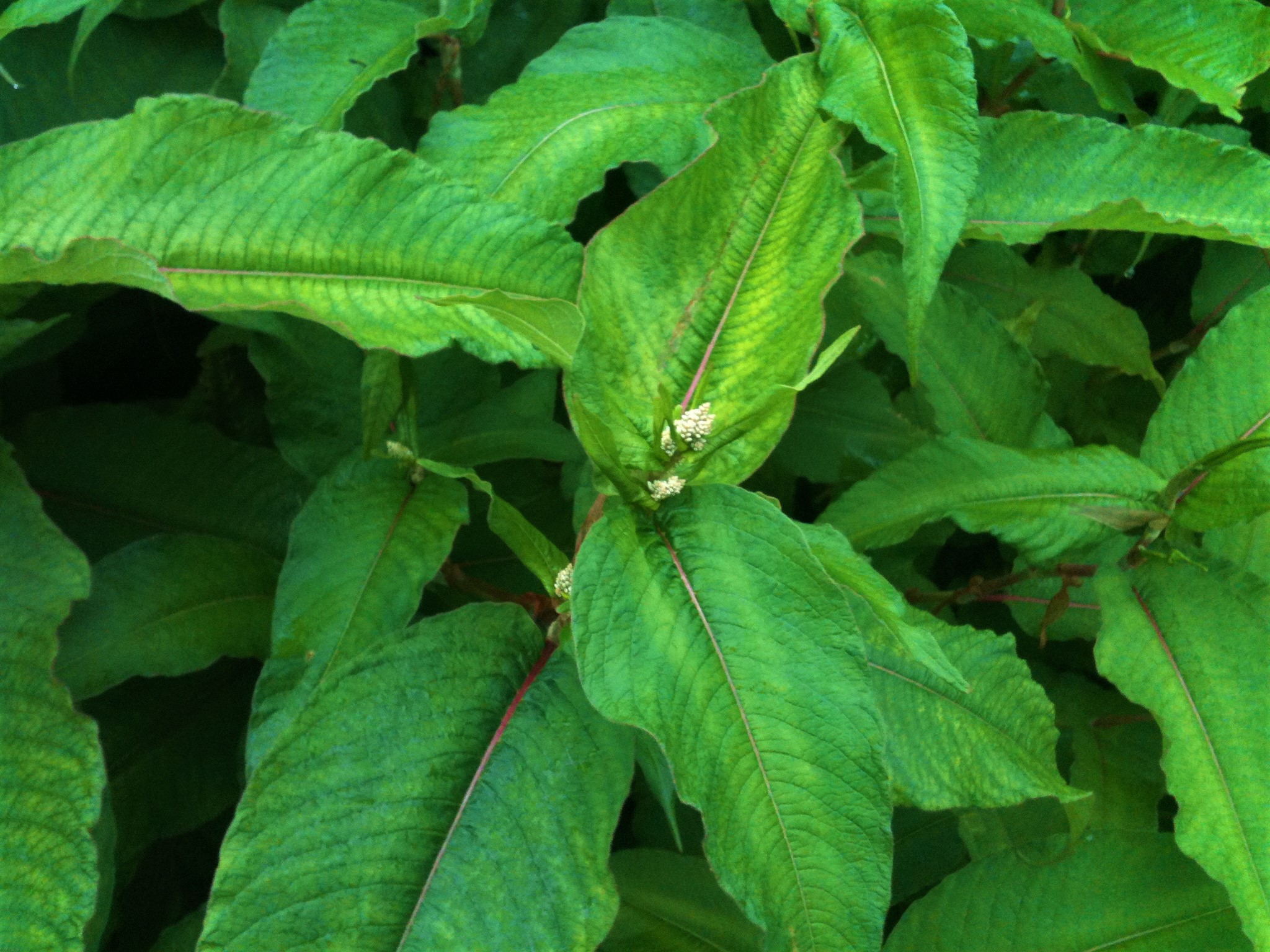
Himalayan Knotweed (Persicaria wallichii)
This is another member of the Polygonaceae family which is often mistaken for Japanese Knotweed. Himalayan Knotweed can be identified by its elongated leaves.
As another persistent non-native species, regulatory bodies advise that it is managed in the same way as Japanese Knotweed.
Key Points
 Non-legislated invasive plant species
Non-legislated invasive plant species
 Current guidance is to manage as Japanese Knotweed
Current guidance is to manage as Japanese Knotweed
 Extensive root network
Extensive root network
 Plant regenerates from fragments of live plant and rhizomes
Plant regenerates from fragments of live plant and rhizomes
 Difficult to manage and eradicate
Difficult to manage and eradicate
 Easily spread
Easily spread

Why use KleerKut?
Man first arrived in Britain about 8,000 years ago and virtually all new land plants that have become established since this date have been brought here by humans. We call these new plants non-native species.
Not all non-native species are bad – it is only a minority that have serious negative impacts on our native British species, our health or our economy. These species we call invasive non-native species.
No they are not. Interestingly the plant species which arguably is often found to be the most destructive, Horsetail (Equisetum arvense) is actually a native plant species. It certainly can still be invasive while being native and also very difficult to manage as many gardeners will testify.
While non-natives such as Japanese Knotweed are legislated to control movement; natives are not legislated because they are native to Britain.
As the name would suggest we specialise in the management of Japanese Knotweed. We do however also manage Giant Hogweed, Himalayan Balsam and other controlled plant species even the lesser known ones. We are not just restricted to land species we also advise on aquatics and semi-aquatics. We also manage and control native species too – in particular the mighty Horsetail.
We can help you find the best way to solve your particular problem. We will not try to upsell or exaggerate your situation – we will simply provide your options / explain your situation and associated risks – then work with you until the solution which is right for you presents itself. Simple!

